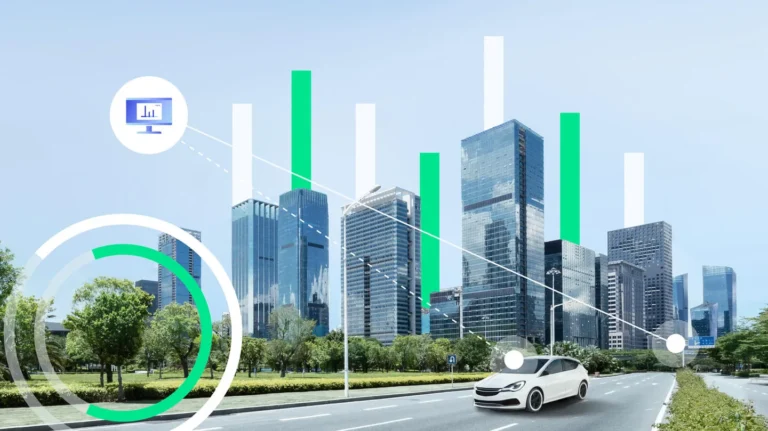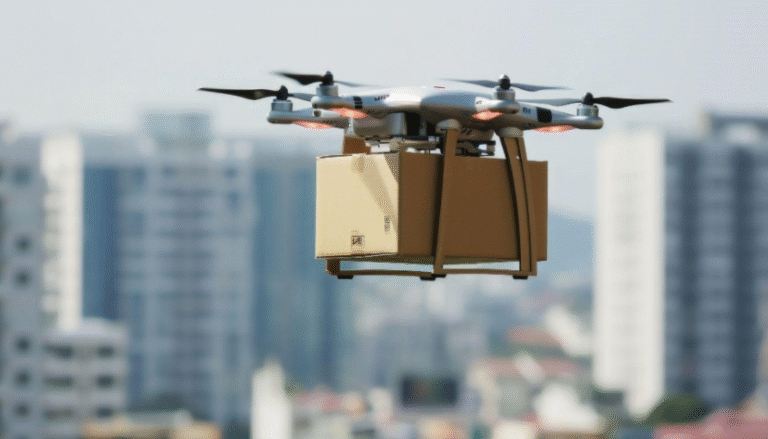How Drones Are Used in Agriculture
Drones are increasingly employed in agriculture to enhance operational efficiency and crop management. Their capabilities extend to crop monitoring, where they provide detailed assessments of plant health and soil conditions. This technology also plays a vital role in precision agriculture, optimizing resource allocation and irrigation practices. As the agricultural sector evolves, understanding the multifaceted applications of drones becomes essential for farmers aiming to maximize productivity and sustainability. How these advancements shape future practices warrants further exploration.
Crop Monitoring and Health Assessment
Drones have emerged as a pivotal tool in the realm of crop monitoring and health assessment, revolutionizing traditional agricultural practices.
Utilizing drone imaging, these devices perform aerial surveillance to collect high-resolution data on crop conditions. This data facilitates early detection of diseases, nutrient deficiencies, and pest infestations, allowing farmers to make informed decisions, optimize yields, and enhance overall agricultural sustainability.
Precision Agriculture and Resource Management
The integration of drones in agriculture extends beyond crop monitoring to encompass precision agriculture and resource management.
By employing advanced data analysis techniques, farmers can assess soil health, monitor crop conditions, and optimize resource allocation.
This technology enhances yield prediction accuracy, allowing for informed decision-making that maximizes productivity while minimizing waste.
Drones exemplify a transformative approach to efficient agricultural practices and sustainable resource management.
See also: How Drones Are Changing Delivery Systems
Irrigation Management and Optimization
Irrigation management has emerged as a critical component in modern agricultural practices, particularly with the advent of drone technology.
Drones facilitate the monitoring of soil moisture levels, enabling farmers to optimize water usage effectively.
Seed Planting and Crop Scouting
While traditional methods of seed planting and crop scouting often rely on manual labor and ground-based assessments, innovative drone technology has transformed these processes significantly.
Drones enhance agricultural efficiency by enabling precise seed distribution and detailed aerial surveys. This technology allows farmers to quickly assess crop health, identify issues, and optimize planting strategies, ultimately leading to increased yields and reduced resource waste.
Conclusion
In conclusion, the integration of drones into agriculture enhances efficiency and sustainability across various farming practices. For instance, a hypothetical case study involving a vineyard demonstrates how drones can identify areas of water stress and disease early, allowing the farmer to target interventions precisely. This targeted approach not only saves resources but also improves grape quality and yield, exemplifying how technology can transform traditional agricultural methods into data-driven, precision practices that meet the demands of modern farming.






